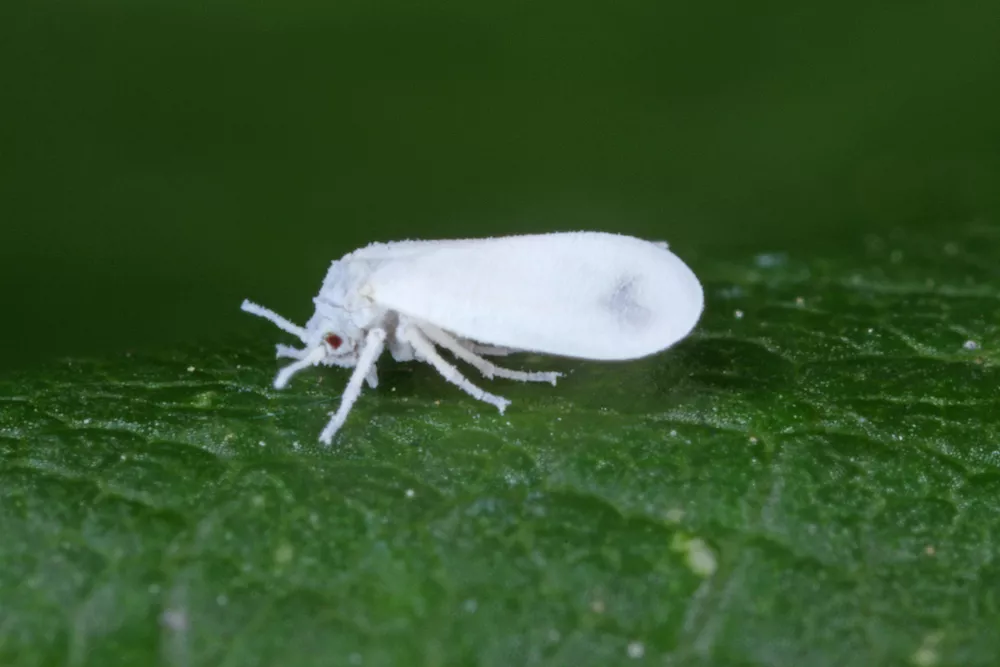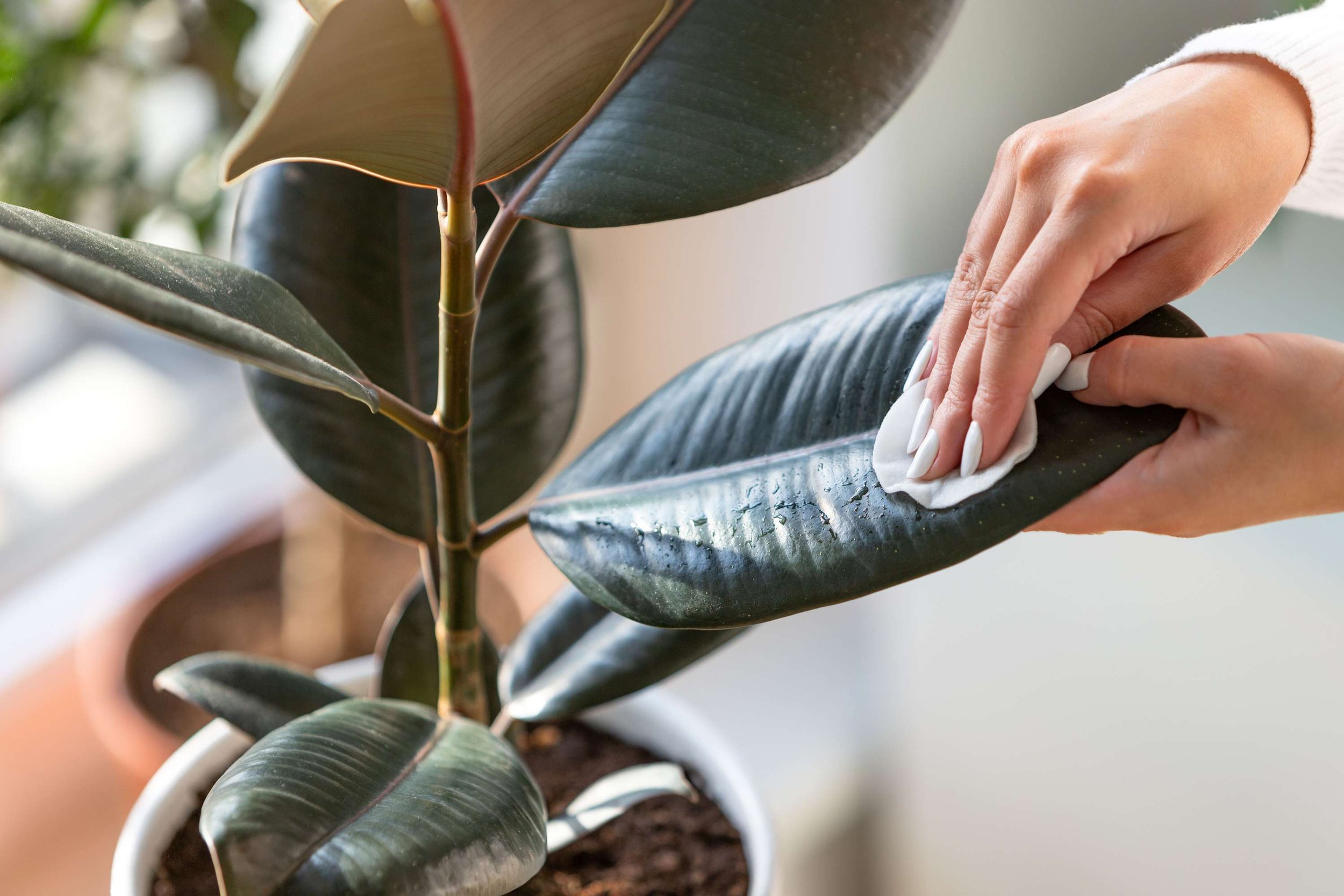
Tiny White Bugs in Soil: What You Need to Know
If you’ve noticed tiny white bugs in the soil of your garden or houseplants, it’s time to take action. These little pests can cause damage to your plants if left unchecked, but don’t worry—identifying them and addressing the issue is usually easy with the right approach.
In this guide, we’ll go over the most common tiny white bugs you might find in the soil, their potential impact on your plants, and how you can get rid of them.
What Are These Tiny White Bugs?

There are a few different types of small, white bugs that could be living in the soil. Some are harmless, while others can harm your plants by feeding on their roots, stems, or leaves. Here’s a look at the most common types:
Soil Mites
Soil mites are tiny creatures that live in the soil and help break down organic material like dead plant matter. While they may appear in clusters, they’re not harmful. In fact, soil mites are beneficial as they improve soil fertility by decomposing organic matter and releasing nutrients into the soil.
There are different types of soil mites, such as:
- Mesostigamata: Predators that feed on other soil insects.
- Oribatid mite: Found in compost and decaying organic matter.
- Astigmata: Common in nitrogen-rich debris.
- Prostigmata: Found in all soil types and act as natural predators.
Soil mites are harmless, and you can leave them alone to help maintain healthy soil.
Grubs
Grubs are the white larvae of various beetles, and they tend to feed on organic matter and the roots of plants. While they’re not harmful to humans, they can damage plant roots, so it’s important to remove them from the soil.
Whiteflies

Whiteflies are tiny insects that resemble aphids or mealybugs. They feed on plant sap and often live in clusters on the undersides of leaves. While they don’t usually live in the soil, they can sometimes fall off the plant and land in the soil. Whiteflies can weaken your plants, causing stunted growth and yellowing leaves.
Make sure to check your plants closely for eggs or whiteflies and remove them as soon as possible to prevent further damage.
Springtails
Springtails are tiny jumping insects that live in the soil and feed on decaying organic matter. They’re harmless to plants and humans, though they might be a bit annoying if you see them hopping around on your patio or inside your house. Since they don’t cause noticeable damage to plants, they don’t need to be removed unless their population gets out of control.
Mealybugs

Mealybugs are small, soft-bodied insects covered in a white, cotton-like layer. They feed on plant sap and excrete sticky substances that can weaken the plant. While they’re not harmful to humans or pets, mealybugs can cause significant damage to plants. If you find mealybugs in the soil, it’s important to take action right away.
Fungus Gnats
Fungus gnats are small, semi-transparent insects often found in moist soil. The adult gnats themselves don’t do much damage, but their larvae feed on plant roots, weakening the plant. Fungus gnats reproduce quickly, so it’s important to address an infestation before it gets out of hand.
How to Get Rid of White Bugs in the Soil

Once you’ve identified the bugs in your soil, it’s time to take action. Here are a few effective ways to get rid of them:
Remove Decaying Organic Matter
Many soil insects thrive on decaying plant matter. To prevent infestations, keep the soil free from dead leaves, branches, or other organic debris. If you make your own compost, use a covered bin to keep the pests from spreading.
Wash Your Plants

For bugs that are also on your plants (like whiteflies or mealybugs), you can spray them with water to remove the insects. Make sure to check the underside of the leaves for any eggs or pests that may be hiding there. If you have multiple plants, isolate the affected one to avoid spreading the bugs.
Homemade Natural Pesticides
You can easily make natural, eco-friendly pesticides using common household ingredients. Here are some recipes:
- Neem Oil: Neem oil is effective against mealybugs, whiteflies, and other pests. It’s non-toxic to pets and safe for most plants. Apply once a week to affected plants.
- Dish Soap: Mix liquid dish soap with water and spray it on the plants. This will dehydrate and kill soft-bodied insects. For extra power, add rubbing alcohol to the mix.
- Vinegar: Apple cider vinegar mixed with water and a little dish soap can be sprayed on the soil and plants to combat pests.
- Garlic: Crush a few garlic cloves and steep them in water for 48–72 hours. Spray the garlic solution over the affected soil and plants to repel insects.
- Cinnamon: Cinnamon is not only antibacterial but can also help kill pests. Mix cinnamon powder with water and spray it on the soil to control bugs.
Yellow Sticky Traps

Fungus gnats, whiteflies, and aphids are all attracted to the color yellow. Hanging yellow sticky traps around your plants can help capture these pests. This is an inexpensive and effective way to reduce the bug population.
Repotting
If the infestation is severe and you’re unable to get rid of the bugs, repotting may be necessary. Dispose of the old soil, clean the container thoroughly, and replace it with fresh, bug-free soil.
How to Prevent White Bugs from Returning

Once you’ve dealt with the pests, you’ll want to prevent them from coming back. Here are some tips:
- Inspect New Plants: Before bringing a new plant into your home or garden, inspect it carefully for bugs, eggs, or signs of pests. It’s always a good idea to isolate the plant for a few days to monitor for any signs of infestation.
- Don’t Overwater: Overwatering creates a perfect environment for pests like fungus gnats. Be sure to follow a proper watering schedule and let the top layer of soil dry out between waterings.
- Use a Covered Compost Bin: If you compost organic matter, make sure it’s in a covered bin to prevent pests from breeding in the compost.
Now that you know how to handle these pests, you can keep your plants thriving
FAQs for Dealing with Tiny White Bugs in Soil
1. What are the tiny white bugs in my soil?
Tiny white bugs in the soil are often a type of pest called fungus gnats, but they could also be springtails, mealybugs, or other soil-dwelling insects. Fungus gnats are the most common and usually appear when the soil is overly moist, while springtails are harmless and feed on organic matter.
2. Are tiny white bugs in the soil harmful to plants?
Fungus gnats can be harmful to plants, especially young or weak ones. Their larvae feed on plant roots, which can stunt growth and cause root rot. However, springtails and other similar bugs are typically harmless and pose no threat to your plants.
3. How can I identify fungus gnats?
Fungus gnats are small, dark-winged flies with long, thin legs that are often seen flying around the soil surface. Their larvae are tiny, translucent, and often found in the soil, feeding on decaying organic matter and plant roots.
4. How do I get rid of tiny white bugs in the soil?
- For fungus gnats: Let the soil dry out between waterings, as they thrive in moist environments. You can also use yellow sticky traps to catch adult gnats, or apply a layer of sand or diatomaceous earth to the soil surface to prevent larvae from emerging.
- For mealybugs or other pests: Use insecticidal soap or neem oil to treat the affected areas. Be sure to treat both the soil and the plant, especially the undersides of leaves.
5. Are there natural remedies for getting rid of white bugs in soil?
Yes! Natural remedies include:
- Diatomaceous earth: This can be sprinkled on the soil surface to kill larvae.
- Neem oil: A natural pesticide that works on various pests, including mealybugs and fungus gnats.
- Beneficial nematodes: These microscopic worms target and kill gnat larvae without harming your plants.
- Cinnamon: Sprinkling cinnamon on the soil can act as a natural fungicide, deterring pests like fungus gnats.
6. Can I use sticky traps to catch the white bugs?
Yes, yellow sticky traps are effective for catching adult fungus gnats. Place them near the soil surface or in the areas where you notice the most activity. They’ll help reduce the adult population and prevent further infestation.
7. When should I repot my plant to remove pests?
Repotting can be an effective method if the infestation is severe. If you notice the pests are too embedded in the soil or the roots have been damaged, carefully remove the plant, discard the old soil, and replace it with fresh, sterile potting mix. Be sure to inspect the roots for any visible pests before repotting.
8. How can I prevent tiny white bugs in the future?
To prevent future infestations, try the following:
- Avoid over-watering plants, as moist soil encourages pest growth.
- Use well-draining soil to prevent excess moisture retention.
- Quarantine new plants before introducing them to your collection to avoid transferring pests.
- Regularly check your plants for signs of pests and address issues early.
9. Can tiny white bugs spread to other plants?
Yes, if left untreated, pests like fungus gnats and mealybugs can spread to nearby plants. Regularly inspect your plants for signs of pests and take prompt action to avoid an infestation from spreading.
10. Are springtails harmful to my plants?
No, springtails are generally harmless to plants. They feed on organic matter in the soil and don’t damage plant roots. If you see them, there’s no immediate need to worry, though keeping your soil slightly drier may reduce their presence.
Conclusion
Tiny white bugs in the soil don’t always mean trouble, but some can be harmful to your plants. By identifying the pests and taking the right action, you can protect your plants and prevent future infestations. Whether you use natural remedies, sticky traps, or repotting, it’s important to stay proactive and keep your garden healthy.

